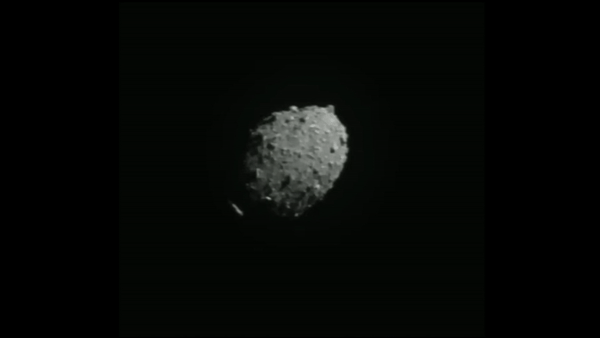Understanding the complex movements and evolution of Earth’s atmosphere offers important clues about its history and insights into other planets’ mysteries.
Recently, NASA’s rocket team successfully detected Earth’s ambipolar electric field. This planet-wide electric field is as important to Earth as its gravity and magnetic fields. The team used observations from NASA’s Endurance mission for this.
Almost six decades ago, scientists hypothesized that the ambipolar electric field drove how our planet’s atmosphere can escape above Earth’s North and South Poles.
Scientists theorized that this electric field starts at about 150 miles (250 kilometers) altitude, where atmospheric atoms split into negatively charged electrons and positively charged ions. Electrons are incredibly light, and ions are extremely heavy. If gravity alone were in play, the two populations, once separated, would drift apart over time.
Because electrons and ions have opposite charges, an electric field keeps them together; this field prevents charge separation and counteracts some effects of gravity.
The electric field is “ambipolar” because it acts in both directions. Ions pull electrons down as they fall due to gravity, while electrons push ions up as they try to escape to space. This field extends the atmosphere’s height, allowing some ions to rise high enough to be carried away by the polar wind.
Scientists also quantified its strength based on measurements, revealing its role in driving atmospheric escape and shaping our ionosphere.
This electric field, which generates at the subatomic scale, was believed to be extremely weak. For decades, detecting it was beyond the limits of existing technology. In 2016, scientists built a new instrument they thought was up to measuring Earth’s ambipolar field.
The instruments and concepts developed by the team were most appropriate for a suborbital rocket launch from the Arctic. The team named its mission Endurance, a reference to the ship that transported Ernest Shackleton on his renowned 1914 Antarctic expedition. The scientists headed for Svalbard, an archipelago of Norway home to the world’s northernmost rocket range and only a few hundred miles from the North Pole.
Suzie Imber, a space physicist at the University of Leicester, UK, and co-author of the paper, said, “Svalbard is the only rocket range in the world where you can fly through the polar wind and make the measurements we needed.”
On May 11, 2022, Endurance launched, reaching 477.23 miles (768.03 kilometers) high before splashing down in the Greenland Sea 19 minutes later. During its 322-mile flight, it recorded a change in electric potential of just 0.55 volts.
“A half a volt is almost nothing — it’s only about as strong as a watch battery,” Collinson said. “But that’s just the right amount to explain the polar wind.”
According to Alex Glocer from NASA Goddard, hydrogen ions in the polar wind feel an outward force from the field that is 10.6 times stronger than gravity, which can launch them into space at supersonic speeds. Heavier particles like oxygen ions also get a boost and weigh half as much in this field. The team discovered that this field increases the “scale height” of the ionosphere by 271%, making it denser at higher altitudes than usual.
Glyn Collinson, principal investigator of Endurance at NASA’s Goddard Space Flight Center in Greenbelt, Maryland, said, “It’s like this conveyor belt, lifting the atmosphere into space.”
Endurance’s discovery has opened new avenues for exploration. The ambipolar field, a fundamental energy field like gravity and magnetism, may have influenced the evolution of our atmosphere. Since this field is formed by atmospheric dynamics, similar electric fields might be present on other planets, such as Venus and Mars.
“Any planet with an atmosphere should have an ambipolar field,” Collinson said. “Now that we’ve finally measured it, we can begin learning how it’s shaped our planet and others over time.”
Note: This article have been indexed to our site. We do not claim legitimacy, ownership or copyright of any of the content above. To see the article at original source Click Here













